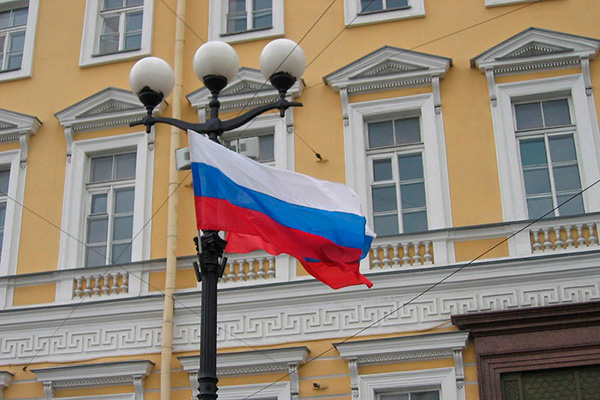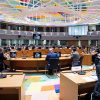Executive summary
The disappearance of the Soviet Union in 1991 significantly reduced Moscow’s influence in Latin America. Its geopolitical influence in the region recovered between 1997 and 1999, after the Kremlin accepted the failure of its attempts to integrate with the institutions of the West, and largely thanks to its newly established relationship with the Bolivarian government of Venezuela.
In the years since Vladimir Putin assumed the presidency of the Russian Federation in 2000 –above all since 2008– Russia has intensified its presence in Latin America through bilateral meetings at the highest level and State-sponsored media: the RT television channel, and the news agency Sputink News. Yet on traditional measures like trade and investment, diplomatic involvement and arms sales, Russia’s participation remains small compared with the rest of the world. Its political and virtual reappearance in Latin America using traditional and social media coincides with the country’s break from the West in the wake of the Russo-Georgian War in 2008 and the annexation of Crimea and the war in Ukraine in 2014. With no significant trade interests, limited arms sales and a tepid diplomatic commitment, Russia’s presence in Latin America is weak. However, there is evidence it is seeking to influence the region at a low cost and to appear to be a major power, challenging the US. Yet with no real influence, its virtual presence will not be enough to achieve any of Moscow’s strategic objectives in the Western hemisphere.
Russia began its gradual return to Latin America in the second half of the 2000s, with loans and arms sales to Venezuela in 2005. Moscow may no longer seek to use the ideology of socialism to strengthen ties with Latin American countries but it is seeking to exploit a shared desire for multilateralism in political, economic and security relations. At the political level, Moscow has used its regional connections to send a message to the US and the rest of the world that it is willing to challenge Washington.
Its presence in Latin America forms part of a broader international strategy whose main objective is to achieve the status of a major power able to undermine US leadership in the region and in the international order, competing with the other major emerging power, China. In Latin America –the US backyard and its ‘near abroad’– Moscow is seeking to build a system of international relations free from US hegemony, working with China insofar as possible.
Brazil and Mexico are Russia’s main trading partners, while the ‘Caribbean triangle’ of Venezuela, Cuba and Nicaragua, with its close political and military ties to the Kremlin, acts as a base for its geopolitical penetration of the continent.
The strengthening of ties between Russia and Latin America is ambivalent for the interests of Spain. Russia’s increased presence in the region does not make Spain relatively less attractive and influential in its most important foreign-policy space. Nonetheless, its support for non-democratic governments like Venezuela, together with arms sales and military cooperation with Nicaragua, Cuba and Venezuela, have the potential to destabilise the region, with a negative impact for Spanish investments and political interests.
Russia’s future role in Latin America and how its actions will benefit or harm Spain remain unclear. However, aspects of Russian activity that repeat the historic, political and propaganda pattern of the Soviet Union during the Cold War are clearly visible. Hostile attitudes to the US on trade and immigration, the rise of populist politicians and the exacerbation of the internal economic and social challenges facing many Latin American countries are propitious to Russia’s interests.
Given that the US remains Latin America’s biggest trade partner and in light of the extraordinary economic rise of China in the region (and also globally), Russia’s influence will depend on its ability to move beyond its historic ties with Cuba and Nicaragua and its role as a supplier of arms and military equipment to Venezuela, Mexico and Peru. In all likelihood, Russia’s influence and presence will remain highly limited as a consequence of its economic weakness, without affecting Spanish economic interests.
1 This is a summarised version of the working paper Rusia en America Latina: repercusiones para España published in March 2019



